Bus Prima | Spacecraft type Satellite Constellation 3 | |
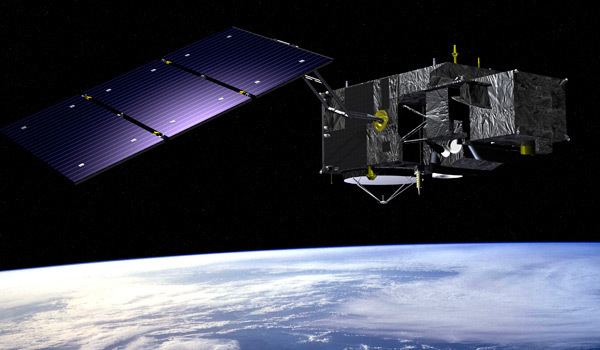 | ||
Sentinel 3 technology and heritage
Sentinel-3 is an Earth observation satellite constellation developed by the European Space Agency as part of the Copernicus Programme.
Contents
- Sentinel 3 technology and heritage
- Sentinel 3 for oceans
- Overview
- Objectives
- Mission characteristics
- Instruments
- Applications
- References

Copernicus, formerly Global Monitoring for Environment and Security, is the European programme to establish a European capacity for Earth observation designed to provide European policy makers and public authorities with accurate and timely information to better manage the environment, and to understand and mitigate the effects of climate change.
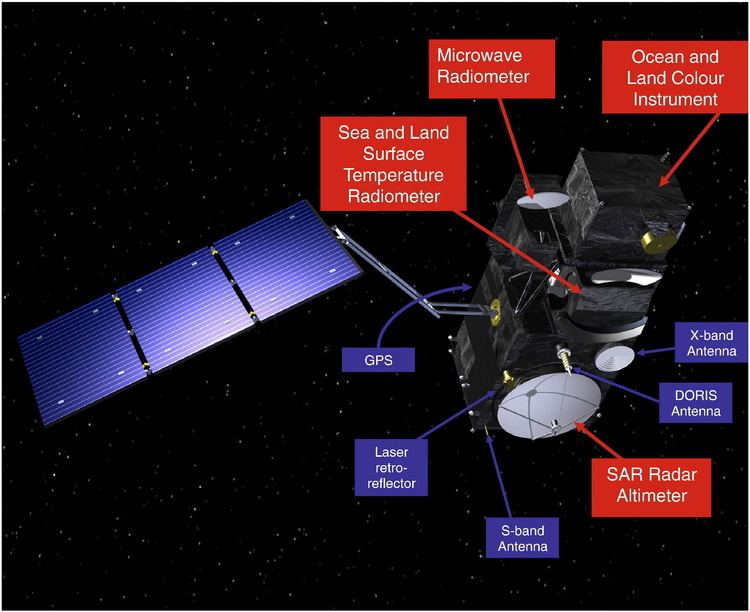
Sentinel 3 for oceans
Overview

On 14 April 2008, the European Space Agency and Thales Alenia Space signed a €305 million contract to build the first GMES Sentinel-3 in its Cannes Mandelieu Space Center. Satellite platform was delivered to France for final components assembly in 2013. Communications systems were completed by Thales Alenia Space España in early 2014.
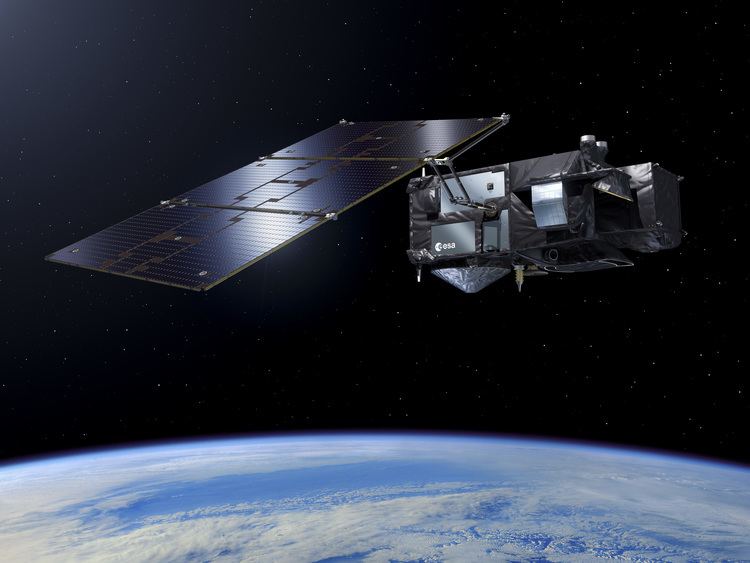
The Sentinel-3 mission's main objective is to measure sea-surface topography, sea- and land-surface temperature and ocean- and land-surface colour with accuracy in support of ocean forecasting systems, and for environmental and climate monitoring. Sentinel-3 builds directly on the heritage pioneered by ERS-2 and Envisat satellites. Near-real time data will be provided for ocean forecasting, sea-ice charting, and maritime safety services on the state of the ocean surface, including surface temperature, marine ecosystems, water quality and pollution monitoring.
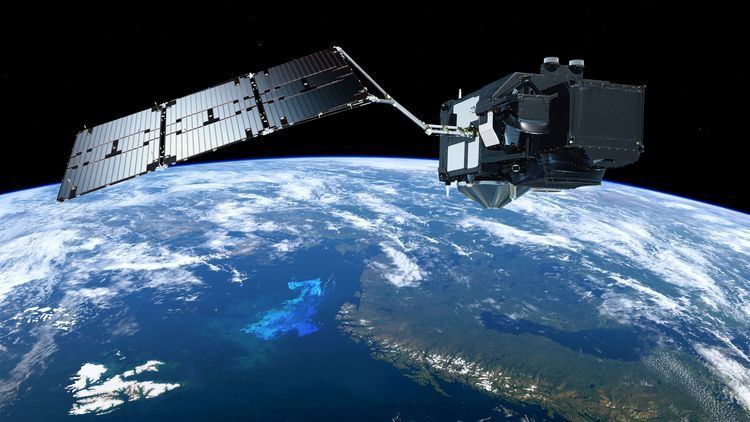
A pair of Sentinel-3 satellites will enable a short revisit time of less than two days for OLCI instrument and less than one day for SLSTR at the equator. The satellite orbit provides a 27-day repeat for the topography package, with a 4-day sub-cycle.
Objectives
Mission objectives are:
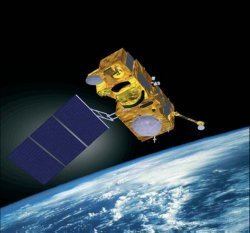
Mission characteristics
Instruments
Sentinel-3 will make use of multiple sensing instruments:
Applications
The observations acquired by the mission will be used to in conjunction with other ocean-observing missions to contribute to the Global Ocean Observing System (GOOS) which aims to create a permanent system of ocean observation.
